|
Evan Minton of the Cerebral Faith Blog recently asked for my opinion of his article "Why The Calendar Day Interpretation Of Genesis One Is Exegetically Untenable." Evan presented four problems that he saw with the young earth view of Genesis, and I thought that my responses to his problems would be helpful to my readers. Go ahead and read through Evan's article and then check out my response below.
1 Comment
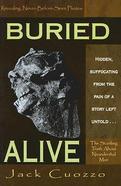 Ever since the Neanderthals were first discovered in 1829, they have been a constant source of controversy. Back in 1979, however, Jack Cuozzo made what is perhaps the most controversial claim ever made about the Neanderthals. He claimed that the Neanderthal skulls had been intentionally portrayed with their jaws out of socket in order to make them appear to be more ape like, and then he claimed that the correctly arranged skulls actually proved the biblical account to be correct. Here is a presentation that Dr. Cuozzo gave in 2005 detailing the evidence which supports his claims. 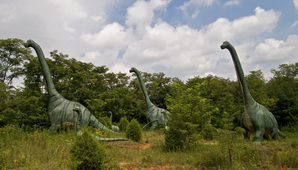 Old earth geologists are fond of claiming that the young earth model is unscientific because it doesn’t make any predictions about future discoveries. They often characterize young earthers as believing in “just so stories” like those written for children by Rudyard Kipling. The defining characteristic of Kipling’s stories was that there was no way to test them to see if they were true. Children were simply expected to accept them as they were. They were “just so” and nothing more. This is the view that many old earth geologists have of the young earth view, but it is far from the truth.  In October of 2009, the journal Science published a ground breaking article by P. Sargent Bray and Ken B. Anderson bearing the exciting title of “Identification of Carboniferous (320 Million Years Old) Class Ic Amber.” Well, maybe that doesn’t sound all that exciting after all, but it should. You see, this article presents evidence which turns the theory of plant evolution completely upside down. 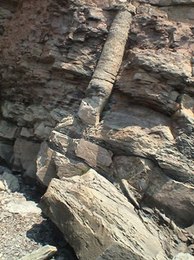 In my previous article, I referenced the experiments of Guy Bethault demonstrating that multiple layers of strata can be laid down simultaneously in the presence of a current. An additional proof of the rapid deposition of the layers of the Earth’s crust can be seen in the existence of fossils known as polystrate fossils. Polystrate fossils are fossils that cross two or more layers of strata. These fossils would be impossible if the layers had been laid down through the gradual accumulation of sediment that is proposed by old earth geologists. The fact that such fossils exist supports the creation model in which many layers of sediment were laid down quickly during the flood and its aftermath. 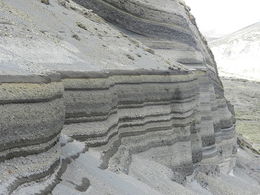 The geologic case for an old earth rests on three principle – the principles of superposition developed by Nicolas Steno in 1669, the principle of faunal succession presented by William Smith in 1816, and the principle of uniformitarianism developed by Charles Lyell in 1833. Using these three principles, old earth geologists constructed a hypothetical geologic column in which successive layers of rock each represent long ages of time in Earth’s history. However, when these principles are actually tested in the field or in the laboratory, they are often found to disagree with observations.  The second appeal to authority which dominates the old earth creationist perspective is an appeal to the Church Fathers. Now, whenever one reads the writings of the Church Fathers, it is important to remember who these men are. It is improper to think of these men as being on an equal plane with the writers of Scripture. The Church Fathers are merely the entire collection of Christian leaders from the first five hundred years of church history whose writings have survived to this day. These writings are not authoritative in any sense, and in many cases, they contain doctrines which contradict Scripture and are rejected as heretical by the vast majority of Christians.  In addition to the claim that the creation account in Genesis is poetic, there are also two additional arguments that are presented against the young earth interpretation. The first is an appeal to authority, and the second involves a dispute over the meaning of the word “day” in the creation account. I will deal with the first half of the first claim in this article, and address the others in subsequent posts.  In the previous article, I explained why I view the first two chapters of Genesis to be of the same genre as the rest of the book. There are, of course, several arguments which are brought against this view, and I’d like to briefly address a few of them before moving on. The first objection to my view is the claim that the order of the creation days reveals parallelism which is a feature of Hebrew poetry. This parallelism is supposedly seen in the fact that the days of creation are divided into two sets of three days and that the events of those two sets parallel each other as seen in the following table. 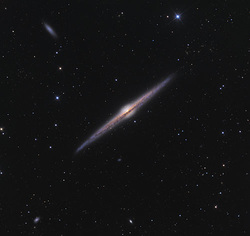 This is the first in a series of posts that may eventually turn into a book. I’ve been studying and debating the age of the earth for about fifteen years. I began in 1999 as a freshman in Bible college debating professors from UNC Charlotte in an internet discussion board. If you’ve read my book on the founding fathers, you know that I always prefer to read not just the original source but also the earliest printing of that source available, and I applied that same approach to the question of the age of the earth. Consequently, I’ve read things like Newton’s Principia Mathematica, Copernicus’ On The Revolutions of the Celestial Spheres, Einstein’s Relativity, “The Great Expansion” by Gamow, “The Inflationary Universe” by Guth and Steinhardt, A Brief History of Time by Stephen Hawking and many, many more. I am not a trained scientist in the sense of having received a science degree from a university, but I have hunted down the original source of every argument that I’ve met with in regards to the old age of the universe, and I’ve found them all to be severely flawed. Now, I’d like to share a little bit of what I have learned in the process, and I hope that you will add your comments to the discussion as well. |
Bill Fortenberry is a Christian philosopher and historian in Birmingham, AL. Bill's work has been cited in several legal journals, and he has appeared as a guest on shows including The Dr. Gina Show, The Michael Hart Show, and Real Science Radio.
Contact Us if you would like to schedule Bill to speak to your church, group, or club. "Give instruction to a wise man, and he will be yet wiser: teach a just man, and he will increase in learning." (Proverbs 9:9)
Search
Topics
All
Archives
June 2024
|


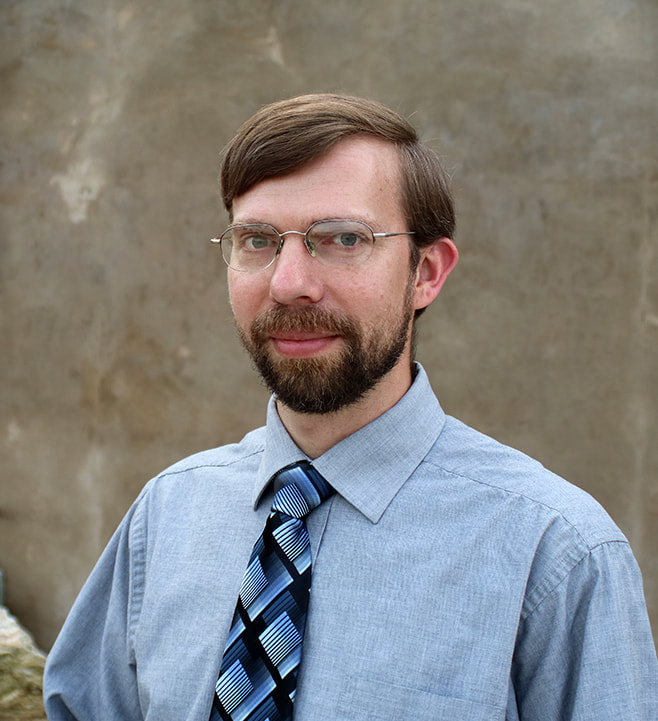
 RSS Feed
RSS Feed